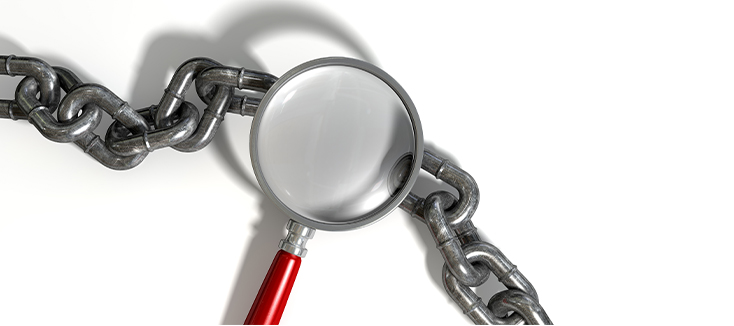When reprocessing TEE probes, the focus is typically on ensuring that the probe shaft is properly bedside cleaned, cleaned, and high-level disinfected. But what about the TEE probe handle and the cables? Too often these can be ignored or forgotten about in the effort to ensure the cleanliness of the shaft. After all, the patient doesn’t come into contact with these parts and even the operator is wearing gloves. Is it even necessary to clean the handle and cables between each use?
In order to answer this question, it’s important to know the risks.
Prior to using a TEE probe, an operator’s hands (or gloves) may come into contact with a number of surfaces ranging from a keyboard, computer touchscreen, or the patient. As a result, the operator’s gloved hands will have had the opportunity to have picked up various bacteria from around the room and from the patient. Then, the operator will touch the handle, transferring this bacteria.
As the operator removes the TEE probe from the patient’s esophagus, they may hold the distal tip of the probe in order to prevent damage as they take it to be bedside cleaned. During the bedside cleaning, some operators have been observed to hold the handle and fold back the probe shaft in order to hold the shaft and handle in the same hand. This transfers a significant amount of bacteria onto the handle.
The probe will then be taken for high-level disinfection and then, if the handle is not cleaned, it will be taken to be used on the next patient. Then, the lingering bacteria on the handle can easily be transferred to the shaft and, thus, the patient. This creates a significant risk for a potentially already immunocompromised patient to be infected with a healthcare associated infection (HAI), which can be deadly.
How do we mitigate risk?
In short: clean probe handles before and in between each use. The National Health Service (NHS) of the UK explains that after high level disinfection, TEE probes, “will still require a validated wipe system as per IFUs for the operating handles, cables and plugs attaching the probes to the hardware equipment.”
Of course, when determining the proper standard operating procedure for your facility regarding TEE probe handle cleaning, it is important to seek guidance from your TEE probe manufacturer on what chemicals may be used and what the best practice is for your particular probe. Each TEE probe brand and model is manufactured differently and can be quite complex. Most manufacturers include with the purchase of a TEE probe a care card or instructions in the owner’s manual on how to properly clean the probe handle and cables. Following the manufacturer’s IFU will improve patient outcomes at your facility and keep your probes in good shape for years to come.


